10 Things You Didn’t Know About The C2 Corvette
⚡️ Read the full article on Motorious
The original Sting Ray is a huge favorite these days.
There’s no denying the importance of the C1 Corvette. After all, it got the ball rolling, but it wasn’t until the C2 launched that America’s sports car grew some serious teeth. Yes, that iconic Sting Ray styling sure does make the car look muscular, but Chevrolet also beefed up the powertrain so the ‘Vette could really take on European performance cars and win.
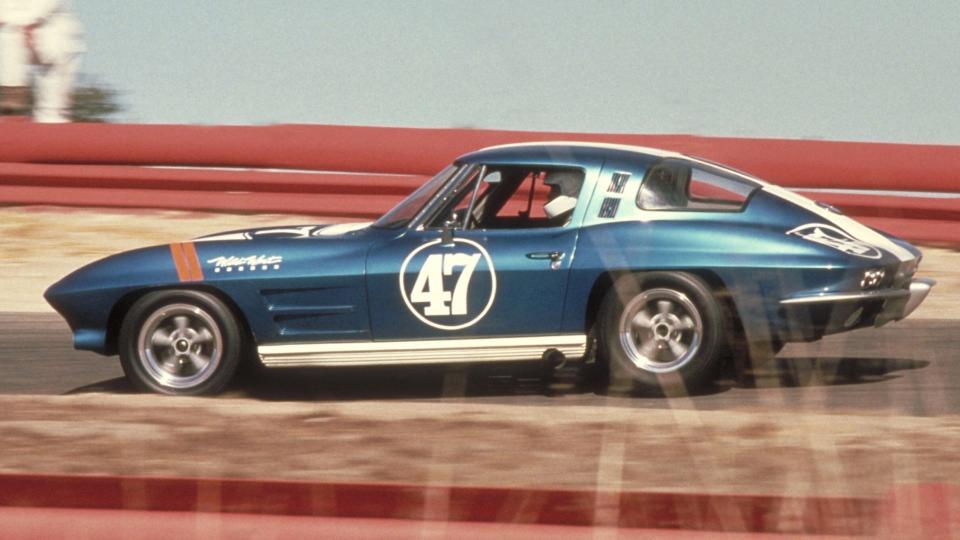
That combination of style and winning performance makes the C2 Corvette a car many dream of owning. It also means people obsess over it, learning all they can about the car. But how much do you really know? See how many of the following 10 items you knew before reading this.
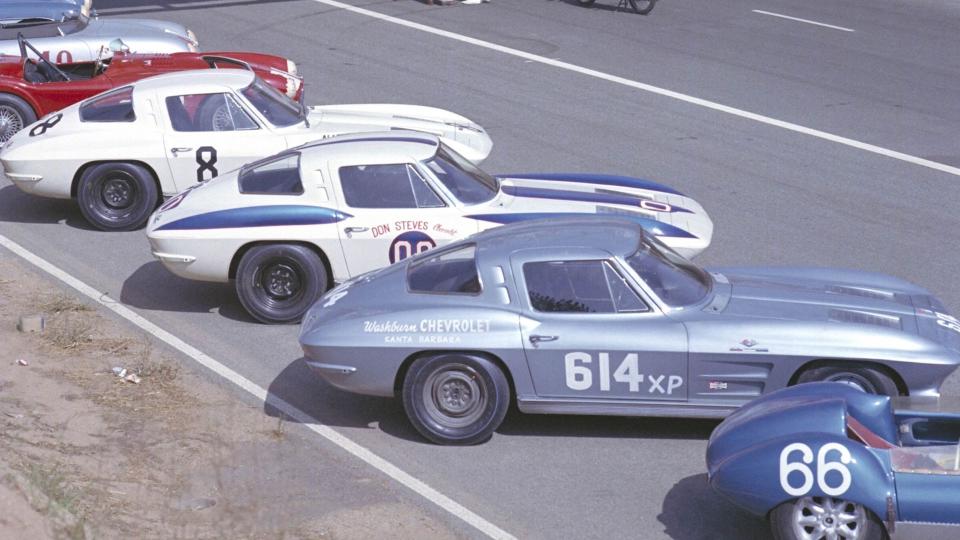
1. 1963 Pilot Line Cars
The C2 “Pilot Line” or prototype cars totaled up to 23 vehicles, almost all convertibles. They were manufactured on the line at the same time as 1962 Corvettes were being assembled, sharing some components with them. These pre-production models also came with a 1962 Chevy Nova handbrake. As for the body panels, they were built using mahogany wood buck and handmade fiberglass.
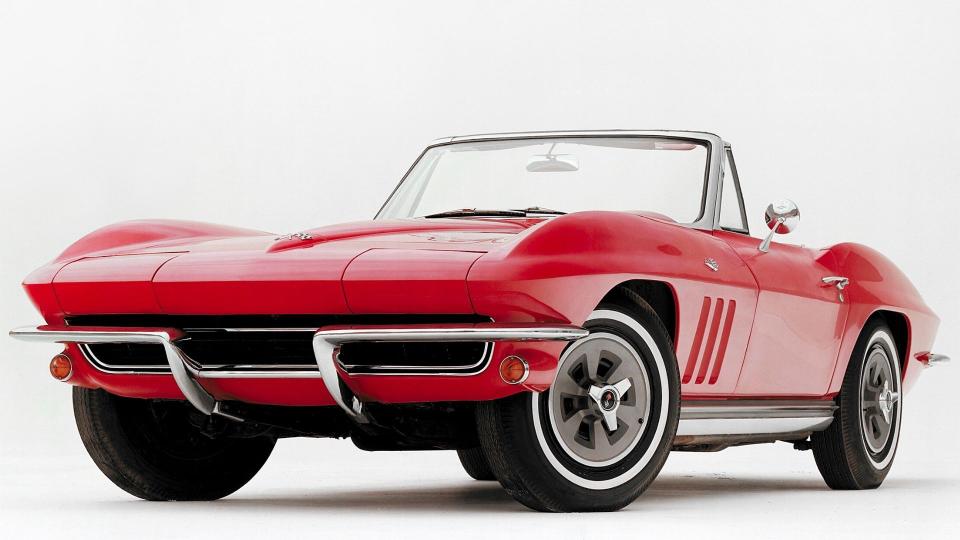
2. Stingray or Sting Ray
When the C2 first launched, everyone knew the styling was influenced heavily by marine life. That was evident in the name of the new body style, which was written on the cars as “Sting Ray.” That’s right, all the way from the 1963 to 1967 model years the name was two separate words. Today, we’re all used to writing it out as “Stingray,” but that came about with the second year of the C3 in 1969.
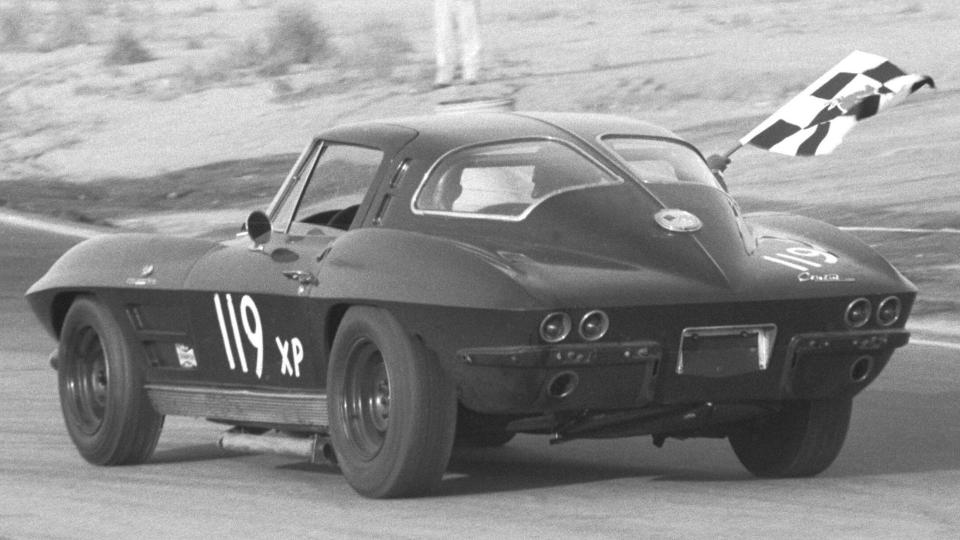
3. Vinyl Up Top
These days it seems like there’s a split among enthusiasts about whether vinyl on car roofs is stylish or not. Up through the 1966 model year, Corvette owners who wanted a convertible with the removable top for cold weather driving couldn’t get black vinyl. Instead, they had to go with a bodycolor roof. For the final year of the C2, the 1967, GM gave convertible shoppers this option, expanding styling choices.
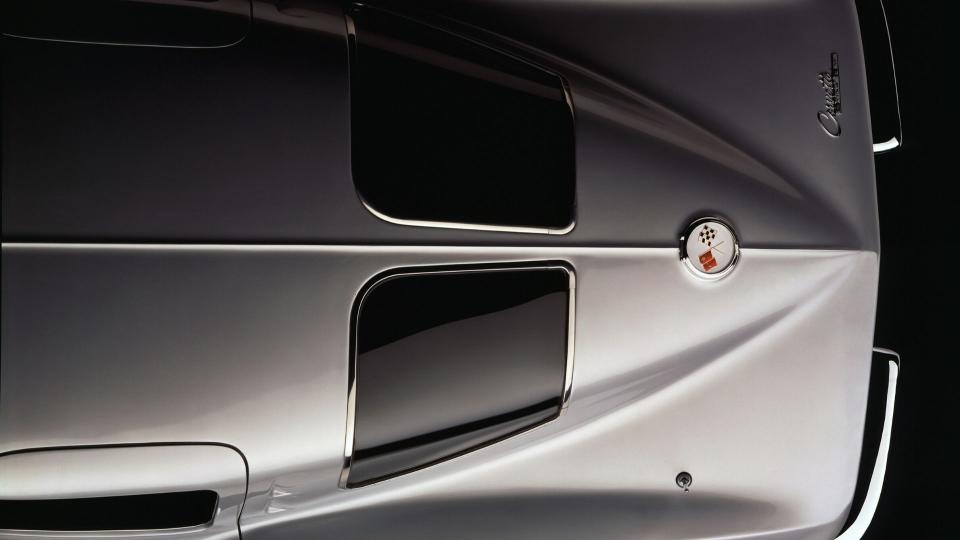
4. Split Window Controversy
Easily one of the most desirable Corvettes of all time, at least when it comes to collectors, is the 1963 coupe. That split window in the rear was discontinued after just one production year, thanks to Corvette owners complaining they couldn’t see properly to reverse or even while driving down the road. Instead of ignoring the feedback, GM made the rear window for the 1964 and beyond a solid pane of glass. This means the ’63 coupes are rare and quite valuable today.

 Yahoo Autos
Yahoo Autos 